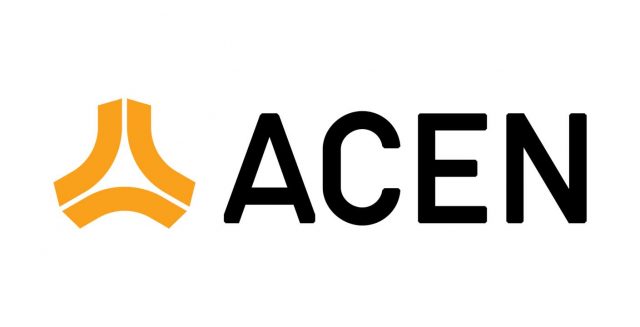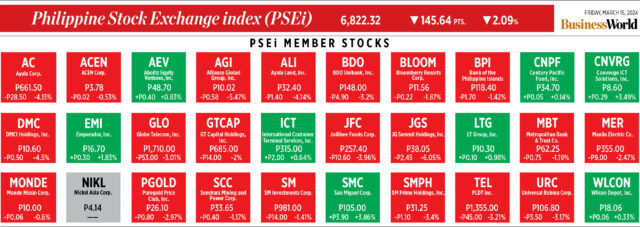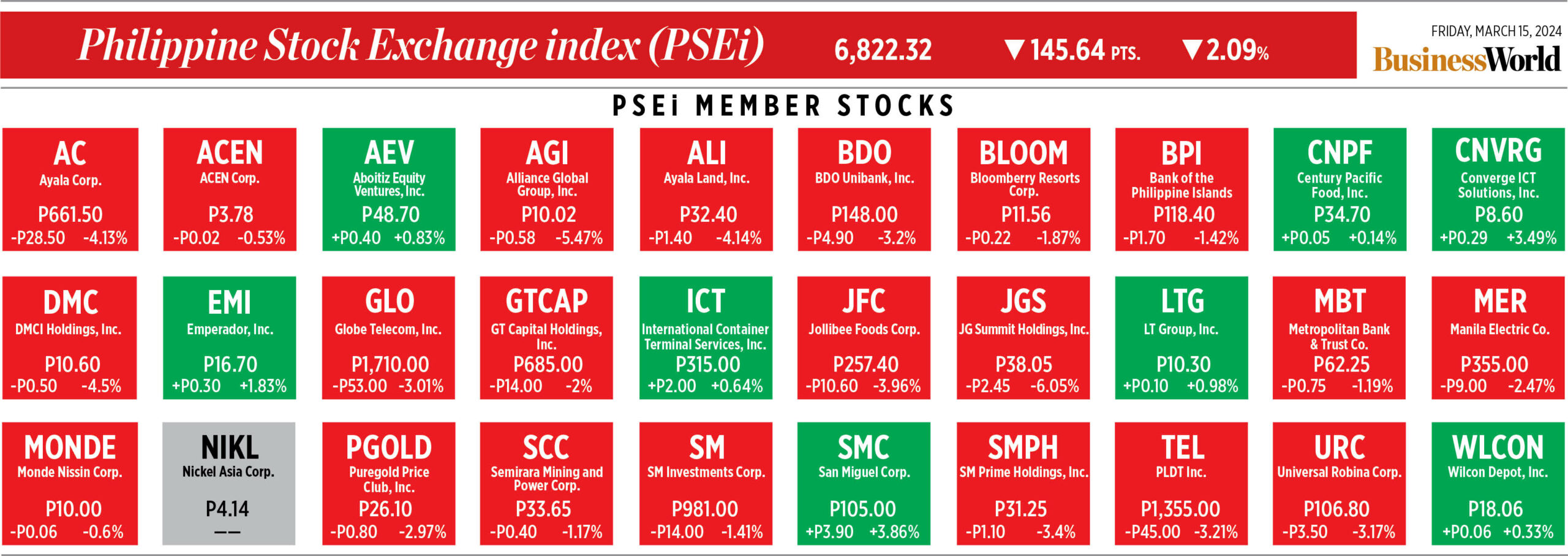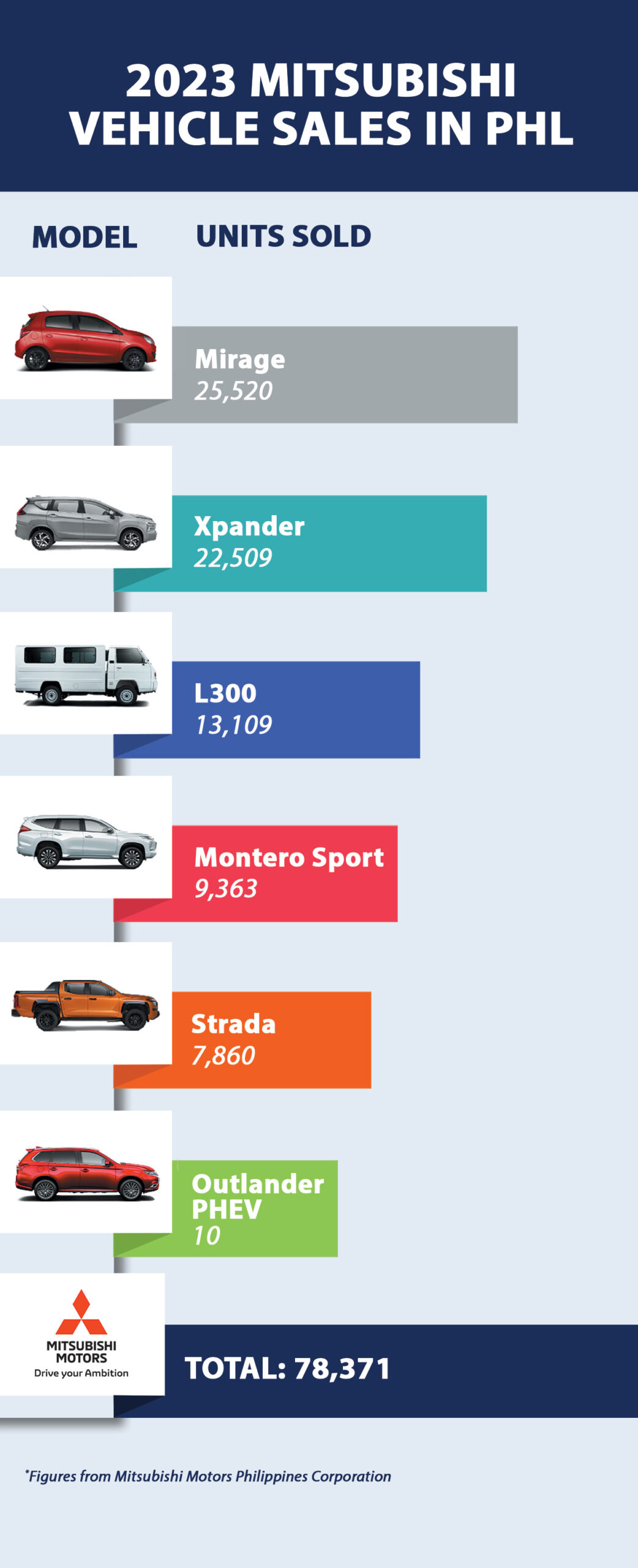Studies conducted within the last 10 years have shown that most Filipinos still rely on personal funds to pay for healthcare. Moreover, health-related spending, particularly for life-threatening diseases such as cancer, heart attack, or stroke that require long-term care and hospitalization, continue to lead many people into debt and poverty. Consequently, in order to avoid financially catastrophic spending and to “save money,” most Filipinos consult a doctor or seek hospital care only when their illnesses have become severe, according to the Healthy Pilipinas website.
The World Health Organization (WHO) defines universal health coverage as the provision to all people of access to the full range of quality health services they need, when and where they need them, without financial hardship. It covers the full continuum of essential health services, from health promotion to prevention, treatment, rehabilitation, and palliative care across the life course. The delivery of these services requires health and care workers with an optimal skills mix at all levels of the health system, who are equitably distributed, adequately supported with access to quality assured products, and enjoy decent work.
Protecting people from the financial consequences of paying for health services out of their own pockets reduces the risk that people will be pushed into poverty because the cost of needed services and treatments requires them to use up their life savings, sell assets, or borrow — destroying their futures and often those of their children, the WHO said.
Republic Act No. 11223, otherwise known as the Universal Health Care (UHC) Act of 2019, is the first law of its type in the Western Pacific region. It aims to provide financial risk protection to all Filipinos, while increasing access to quality healthcare for the poor and those living in remote areas. When fully implemented, it entitles every Filipino citizen to health coverage that costs far less than what they must pay at present.
During a sectoral meeting with President Ferdinand Marcos, Jr., Health Secretary Teodoro Herbosa reported the recent developments in the implementation of the UHC Act. These included the commitment of 71 local government units (LGUs) to integrate their local health systems into a Universal Healthcare Integration site. Of these, five LGUs are now considered as a Primary Care Provider Network sandbox, including Baguio, Bataan, Guimaras, Quezon Province, and South Cotabato.
Secretary Herbosa also proposed the creation of a UHC Coordinating Council that will serve as a national governance body in overseeing the implementation of the UHC Act in all localities. Additionally, the Council will be an avenue for the government to discuss concerns regarding the law, including the conduct of public financial management training and other capacity building initiatives for local health officials, especially those at the barangay levels, in order to maximize the public’s access to quality healthcare.
Some of the best public healthcare systems in the world, such as those of Sweden, Denmark, and Germany, all have successful UHC programs. Among the many inspirations for the Philippines UHC program is the United Kingdom’s National Health Service (NHS), which has provided its citizens access to free public healthcare since 1948.
Many Asian countries as well have implemented successful interventions to achieve universal health coverage, according to a 2021 scoping review, with some more successful than others. Most of the 40 studies published from 2000 to 2019 that “Best Practices in Achieving Universal Health Coverage: A Scoping Review” looked at were from Asian countries, including Japan, Thailand, and Mongolia. These countries — coming from a mix of low- and middle-income countries and upper-middle income countries — implemented successful interventions to achieve universal health coverage that focused on financial protection, population coverage, service coverage, and service quality. At the same time, China and the Philippines were found to be at the edge of achieving true UHC, with the intent of modeling their systems with best-of-breed practices as mentioned.
Most of the interventions in service coverage targeted specific groups, such as children, adolescents, women, and selected patient populations. The review found that designing dedicated and fully customized service packages can be much more efficient and effective than comprehensive service packages designed for the population of a country without considering the specific needs of different groups.
Reforms also focused on the payment and premium systems. The review indicated that social, economic, and political sustainability are key drivers of health interventions and reforms in achieving universal health coverage. In many studies, social health insurance, premium, cost containment, national health insurance system, tax revenue, risk-pooling mechanisms, and strategic purchasing are crucial factors in providing financial protection.
The review found that successful interventions in the countries under study have positive results such as reduction in the intensity of care and a decrease in length of hospital stay, elimination of costs of services that cause overuse of health services, allocating a large percentage of income to health, reducing out-of-pocket payments, among others.
The research-based biopharmaceutical industry is committed to progress toward UHC and seeks to leverage innovation to achieve health equity, emphasizing three foundational elements: improving primary healthcare, ensuring adequate financing, and focusing on multistakeholder partnerships.
Teodoro B. Padilla is the executive director of Pharmaceutical and Healthcare Association of the Philippines (PHAP). PHAP represents the biopharmaceutical medicines and vaccines industry in the country. Its members are in the forefront of research and development efforts for COVID-19 and other diseases that affect Filipinos.
















